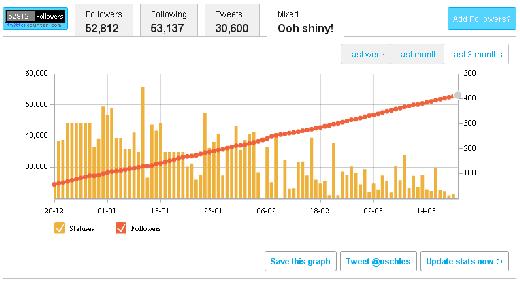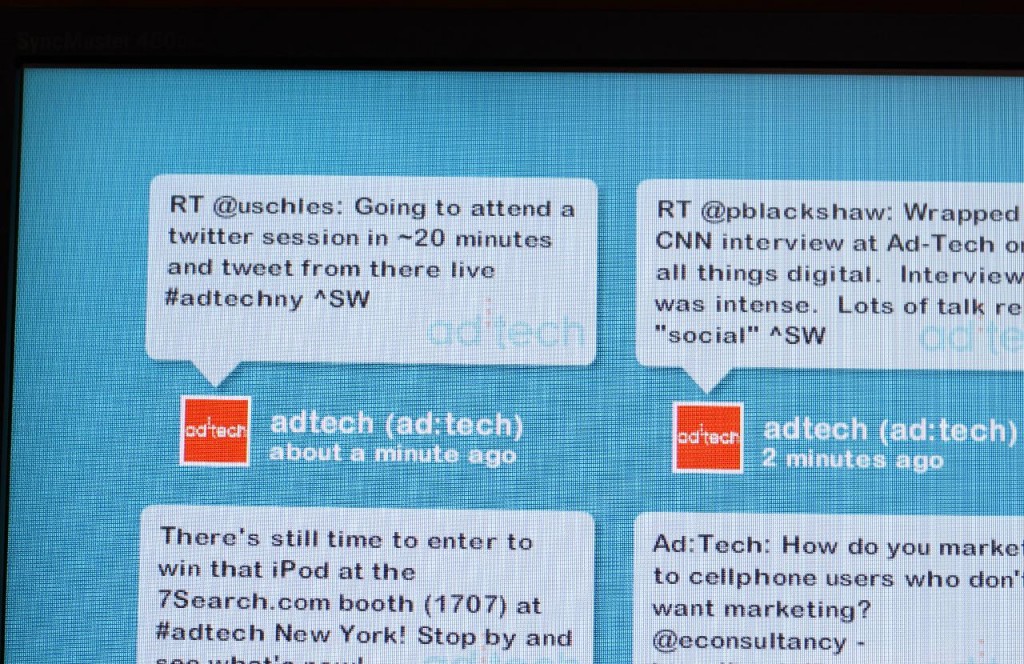Warning: read at your own peril, not sure how many people would find this interesting! 🙂
Last year I published a case study, What Happens When You Unfollow Most Of Your Followers?. This post examined the follower numbers of three people who did mass unfollows and the results were very consistent: from that moment on, they all started losing followers at a slow but persistent rate.
When I joined Twitter, I was looking to get many followers to increase the exposure of this blog (a fact I never hid). These days I don’t need this anymore, however, anyone who has read my blog for a while knows I’m very interested in cause and effect. In other words: what results in more people following you? what results in people unfollowing you? If you tweet a lot, will you be listed more or less? Unfollowed more or less? This is probably a leftover from my time as an academic: I’m simply curious about the collective behavior of people as it is expressed through Twitter. This, perhaps oddly, actually relates to my academic work.
To satisfy this curiosity, and because it’s really easy to do, I’ve been doing experiments using various accounts. Obviously, when my conclusions result in getting more followers I’m not complaining. Therefore, for me to see someone with 210,000+ followers that decides to unfollow virtually all of his followers is exciting (I was unfollowed too but this doesn’t matter – doesn’t seem like this was a personal decision). I won’t name the user because it really is irrelevant.
Unlike the three users I mentioned before, it seems this user is losing followers at a very rapid pace: thousands of followers every day (see image above). In fact, when I look at the user and load the page again, it loses followers almost every time!
So I ask myself: why such a huge difference in the rate of unfollowing? Well, if I recall, the three users I picked were internet marketers and bloggers, some more famous than others – but all had a successful blog (I picked them because I considered them my peers – I wasn’t interested in examining users who were very different from my own). Therefore, it is logical to assume that many people continued following them because of the content they tweeted – or at least, the belief that they will share interesting content. This, apparently, significantly slowed down their unfollow rates, though none of them had enough ‘celebrity power’ to maintain their follower levels without following back.
Even though the three mass unfollows resulted in some animosity towards the unfollowing users, it seems this user is getting a much greater negative reaction: a quick peek in the lists he appears in: “unfollower”, “they-follow-then-unfollow: #Black List … (Mass Follow/Unfollow Dumps). They will follow you then unfollow you”, “cheatoes: THEY NOT WORTHY TO FOLLOW”, “unfollow: Mass following, then unfollowing = idiots”, “unfollowing-bitches”, “teamfakeceleb: dez ppl have like a million followers & follow like nobody & dey WILL UNFOLLOW YOU!!!”, “douchebags: Fags who boost their twitter stats by unfollowing you once you start following them.”. There are many more.
This person is significantly less known than the other three… consequently, this might explain why the unfollow process is so much faster and draws a lot more hostility (note that when I published my previous post, the list mechanism wasn’t added to Twitter yet… would’ve been interesting to see the number of negative lists, if any, that the three users would’ve appeared in).
At the time, I believed the three accounts would reach a level which equals their real ‘celebrity power’. I never got to test this because of other aspects that affected their follower numbers, such as contests on their blogs. Here my guess is that since there is no celebrity power, there isn’t anything to keep people from unfollowing the user. Moreover, since there are users who check very infrequently whether they’ve been unfollowed (and then reciprocate) and some even never do, my guess is that when the unfollowing rates start slowing down – and it won’t be at anywhere close to 0 – we’ll get an interesting estimate of the percentage of people who are of this type. So suppose this will slow down at 100,000 – assuming 210,000 followers are a good representative of the Twitter population (which it should be) – this means that roughly half the people on Twitter don’t check whether they’ve been unfollowed frequently. That’s the theory, at least.
Ok, I hope this post hasn’t been boring (if it has been, why did you get this far?). Personally I find this stuff fascinating!
Edit (July 20th): It seems that in the first two-three days the pace was much faster and later it slowed down to about a thousand followers per day. Interesting, probably means that there’s a number of people who routinely check whether they’ve been unfollowed (like me), and the rest are finding out at their own pace.












